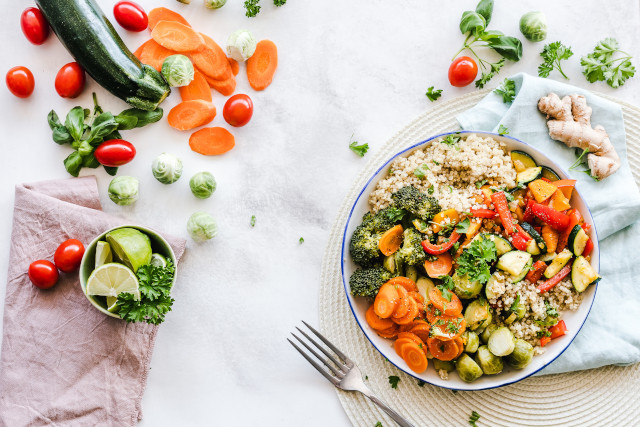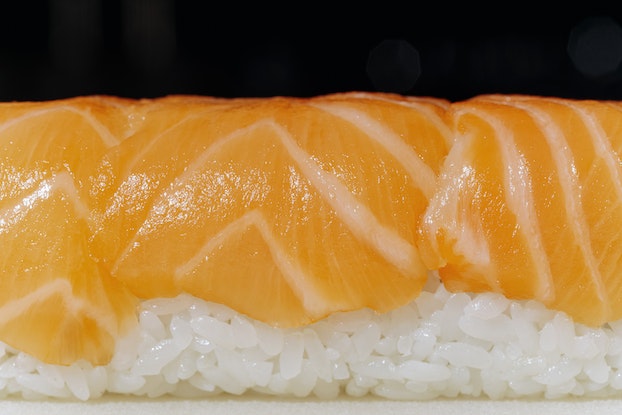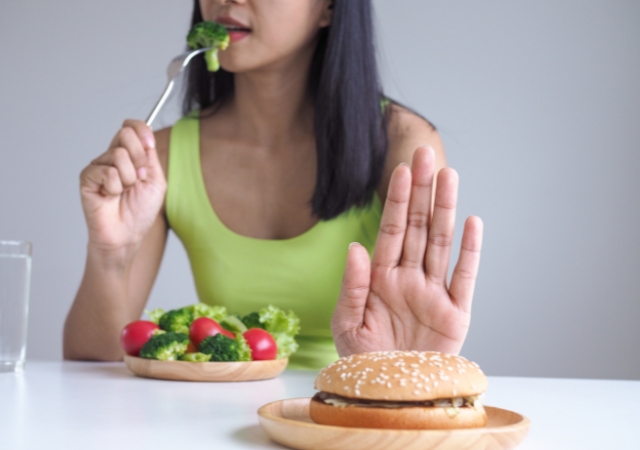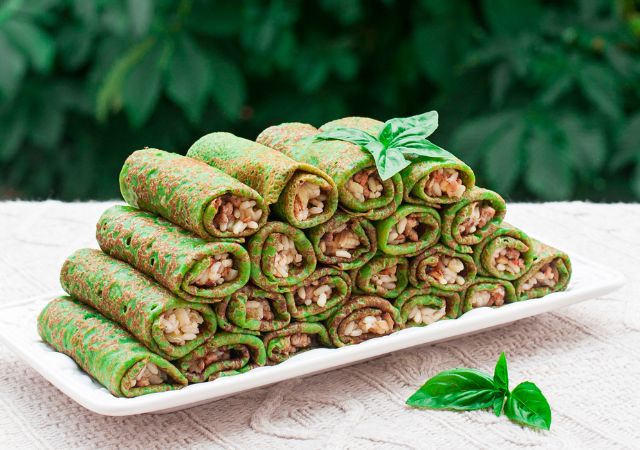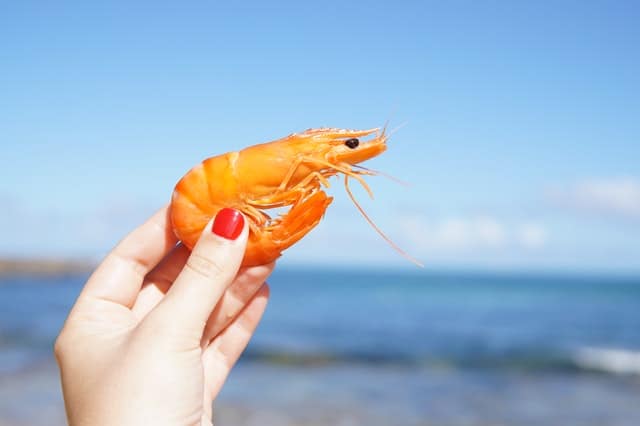
When talking about a diet plan, be it for weight loss, weight gain, or for managing diabetes, we often need to talk about it both in macroscopic and microscopic levels, with macroscopic level focusing on tangible food groups and microscopic focus placed on nutrients.
One of the most important components in a diet is protein because it sustains or build your muscles and helps stabilize blood sugar levels by slowing down the metabolism of sugar from carbohydrates.
Contents
And blood sugar spikes are definitely not good at all for those with diabetes because the disease results from a dysfunctional insulin system which causes a failure to extract sugar from the bloodstream to use or store.
However, when it comes to diabetes, even though protein options seem abundant, we must be careful. For example, Medical News Today advises against red meats and fatty cuts. Instead, the usual recommended sources of protein include seafood like tuna [insert link to tuna article] or poultry.
Most of us are quite familiar with poultry selection: chicken, duck, or turkey. Of course, due to its high fat content, you better render out or trim off the duck fat. But what about seafood? We have already mentioned tuna, and of course salmon, cod, sea bass, are all healthy options. What about shellfish?
In this post, we are taking a brief look at the very accessible and beloved crustacean: Shrimp. There will be a brief overview about its relationship with diabetes, followed by 7 delicious and simple recipes for home cooks.
Shrimp benefits for diabetes
First off, shrimp, as we can tell just by looking at it, has very low fat content as well as carbohydrates. At the same time, it also has high protein and low calories: (per 100g)
- Calories: 99kcal
- Protein: 24g
- Fat: 0.3g
- Carbohydrates: 0.2g
Shrimps are also an excellent source of phosphorus and potassium, both of which are important minerals for maintaining a healthy body.
As obviously shown, the high-protein, low-fat, low-carbs (therefore low-sugar) nutritional profile makes shrimps a healthy component to any diet. But it may be particularly beneficial for diabetic people, not the least because of the above-mentioned nutritional profile.
Though much less than the Omega 3 contents in wild salmon (887mg per 3oz) and tuna (733mg for same serving size), shrimps only contain 267mg of the much sought-after fatty acid in 3oz. But considering shrimps, unlike salmon and tuna, are a scrawny, their Omega-3 content is pretty decent. And Omega-3 has been shown to reduce insulin resistance, help prevent type 2 diabetes, and decrease risks for cardiovascular disease.
In short, shrimps may not be regarded as a superfood like salmon and tuna, they are nevertheless an extremely healthy addition to your diet that provides a lot of protein, decent amount of diabetes-and-other-diseases-fighting Omega-3, and very little diabetic nemeses like carbs, sugar, and saturated fat (or any fat at all).
But, as with almost any food, how you cook the shrimps could make all the difference to your health. Next, we’re pulling up 7 healthy recipes for shrimps, tailored to those of you struggling with diabetes, meaning we’re steering clear of carbs, sugars, and dairies.
1. Pan-Seared Garlic Shrimp in Olive Oil
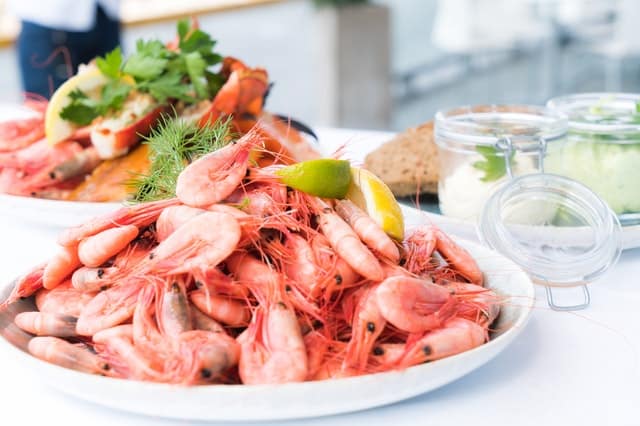
This recipe is probably the simplest and arguably healthiest on this list.
The ingredient list is short:
- 1 clove of garlic, finely chopped or sliced
- 2 tablespoons of olive oil
- 6 peeled raw shrimps
- 1 teaspoon of lemon juice
- 1 teaspoon of salt
- black pepper to taste
- optional chilli flakes to taste
To cook this dish, put your pan on medium heat, add the olive oil and sauté the garlic until it turns slightly golden-brown. Add salt and pepper just before you put in your shrimps, and fry them until they are done, with a bright red colour and a little bit golden-brown around the edges. Turn off the heat and squeeze in just one slice worth of lemon juice (about a teaspoon).
Finally, if you would like, add chilli flakes and parsley on top to add another layer of flavour, and you are done!
If you are doing this for entree, you can simply adjust the portion according to your needs and make a simple salad or sautéed veggies on the side.
2. Shrimp and Avocado Salad
Speaking of salads, some of us like to have salad as the main course, and protein is usually a headache to figure out. Well, shrimps to the rescue!
Unlike the previous dish, this one is much less precise. For this recipe, all you need are 4 to 6 shrimps, half an avocado, olive oil, turmeric, lemon, and salt and pepper, plus whatever veggies you like to eat.
How you cook the shrimp depends entirely on your preference and mood. You can simply boil them, or sear them in a pan like we did in the previous recipe. Or, if you are doing meal prep—roast a couple dozens of them at once on a roasting tray and keep them in the refrigerator.
Really, the only tricky part (if you can call it that) is the salad dressing. The simplest version is one part lemon juice to two parts of olive oil, then salt, pepper, and turmeric to taste. Mix it with a fork or shake it in a bottle until all the ingredients combine to form a homogenous, shiny, thick sauce.
Alternatively, you can play with the dressing by using different spices such as paprika and cumin. Adding a small dollop of mustard is also a good option.
Finally, just cut up some avocado and tear up some veggies and mix them all up.
3. Coconut Shrimp, Healthy Version
Instead of frying, this healthy version only calls for pan-searing or grilling. To make the coconut flavour really pop, spices like turmeric and paprika are recommended.
The recipe ratios are similar to the garlic shrimp recipe at the beginning of this list, except instead of garlic, we are using a table spoon of coconut, and instead of frying the coconut, we are dry-toasting it in the pan before we add any oil to it. We are also going to add just enough coconut milk so it half-covers the shrimps.
So to cook this dish, toast the coconut flakes until it becomes fragrant and slightly golden. Then add the olive oil, immediately followed by the shrimps seasoned with salt, pepper, and your choice of spice. When your shrimps are golden-brown, add coconut milk until it covers the shrimps halfway. Let the whole thing simmer for 5 to 10 minutes, until the coconut milk reduces to a thick sauce.
Yes, it looks like a curry, but not to worry—it is much simpler and its light flavour doesn’t really require a bunch of starch for you to swallow.
4. Shrimp in Tomato Sauce
Don’t fret at the mention of sauce just yet—this one’s completely healthy. For ingredients, you only need 4 things:
- 1 can of crushed tomatoes
- 3 cloves of garlic, finely chopped
- 1 white onion, finely chopped
- 4 tablespoons of olive oil
On medium low heat, cook the salted and peppered onion and garlic in the olive oil for 15 to 20 minutes. They shouldn’t turn golden, but only soft and translucent. Then add the crushed tomatoes, cook and stir until it thickens to the point where if you part the sauce in the centre, the bottom of your pan is clear of liquids. Your onions should almost melt in your mouth.
You can now use this sauce on your sautéed shrimp. For a simple modification, add chopped fresh basils at the end and make it a marinara sauce.
Pair this dish with roasted vegetables, and that’s one hell of a meal.
5. Shrimp and Veggie Stir Fry
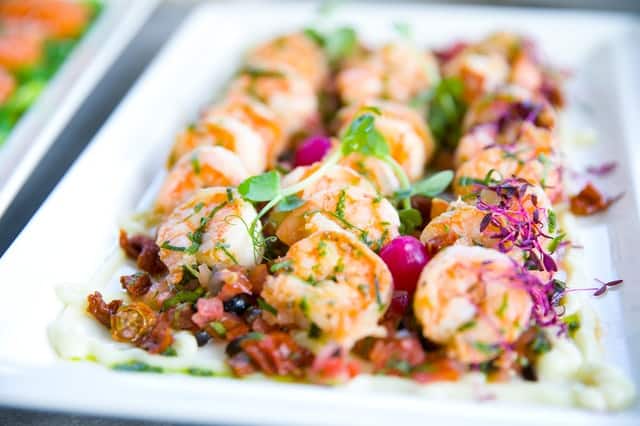
In Chinese cuisine, shrimps are often used to add umami to a vegetable dish. Some common pairings include spinach, eggs, and any green, leafy vegetables that look “too healthy.”
And of course, all these dishes are most popularly made with garlic. For added flavour, drop some sesame oil into your olive oil when cooking.
Finally, you can add any spices you wish—that’s the beauty of stir fry: you can make it anything you want.
6. Seafood Tomato Soup
No, we are not recommending the kind of thick, creamy, heart-disease-inducing rich soups. For this soup, we are using a vegetable stock as base, add tomatoes, celeries, carrots, and parsley, with any kinds of seafood you like, from fish to clams to scallops, and of course, shrimps.
It’s simple: sauté some onions and garlics until they soften and seashells until they open up. Then add the vegetables and fry them until fragrant. Finally, vegetable stock and seasoning. Cook for half an hour after seasoning to taste.
As usual, spice it up to your liking.
7. Shrimp Cocktail
Okay, this one’s cheating. For it’s not actually a cocktail sauce that we’re pitching to you, but more like chilled tomato sauce plus extra lemon juice and cumin. It’s not exactly the deal, but close enough. For this one, since it’s consumed chilled, we recommend cooking the shrimp by boiling so you won’t find solidified grease stuck on the surface, which you will if sautéed in oil.
So, that’s it, folks, the 7 healthy and simple recipes for home. Not exactly restaurant-quality, but many restaurant dishes aren’t exactly diabetes-friendly. A final tip: Use olive oil whenever you can, for it is one of those oils containing a lot of Omega-3 that’s good for your diabetic health.


